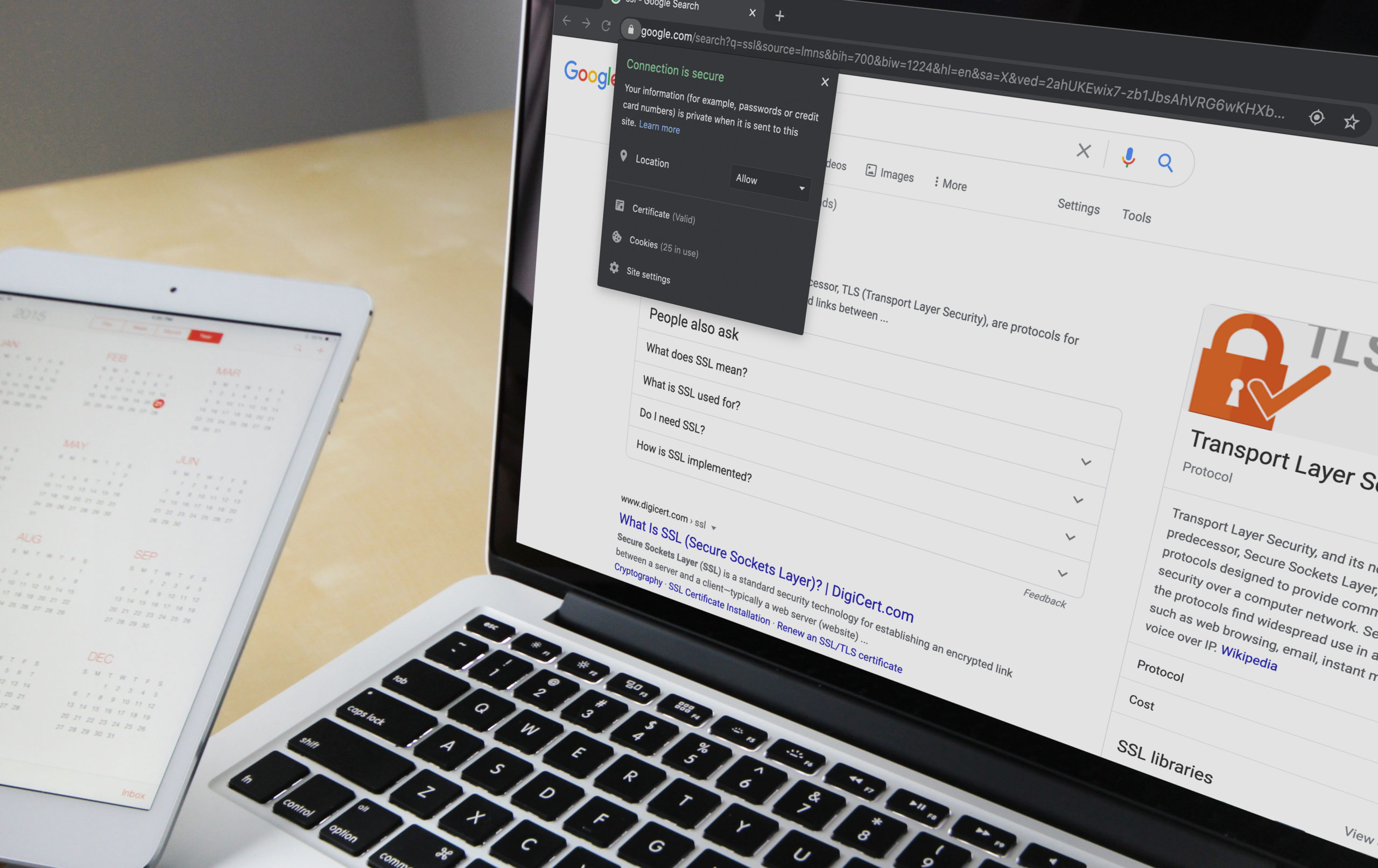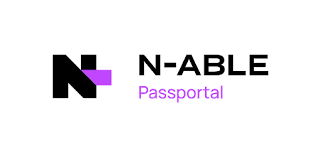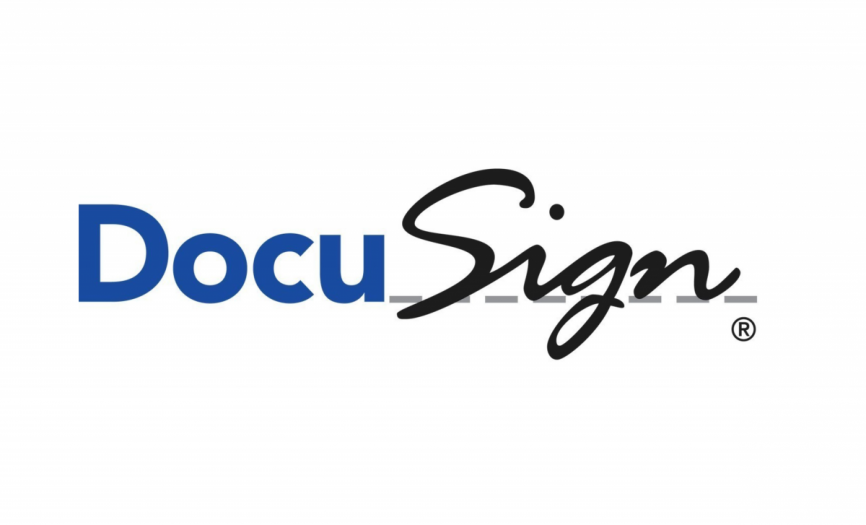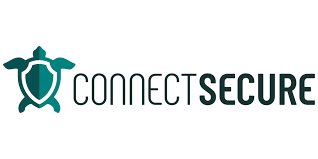What Spammers Don’t Want You To Know About Permanently Blocking Their Vicious E-mails!
Cyber Security, In The Know, IT, Tech Tips
Spam e-mails are not only annoying and time-consuming, but they’re also becoming more dangerous to your personal privacy and the security of your computer. Millions of computer users are getting infected, spoofed, and tricked by spam e-mails every year, forcing the user to pay hefty fees to clean and restore their PCs back to working order.
There are 3 NEW dangers that all computer users must be aware of:
- An increase in hijacked and spoofed e-mail addresses. Spammers have discovered new ways to make it appear as though their spam e-mail is coming from YOUR computer. This could result in having your Internet connection terminated or put on hold by your ISP – all without your knowledge. That is why good spam blocking software will not only block inbound spam from your inbox, but also unauthorized outbound spam from your serves.
- An increase in virus-carrying spam. Accidentally open a spam e-mail carrying a nasty virus and you can end up with big problems ranging from the slowing of your system to more serious threats such as system crashes, data loss, identity theft, redirecting your web browser to porn sites, and more.
 Phishing spam. A phishing e-mail appears to be a legitimate e-mail from a bank, vendor, friend, or other trusted source. The purpose is to trick you into giving confidential information such as bank accounts, social security numbers, passwords, and credit card information. You’ve probably already received a PayPal or bank spam e-mail that said your account was going to be closed unless you verified your information. It then directs you to a very convincing web site where you input certain information the spammer is trying to glean. In reality, this is a malicious third party that is going to use your information to open credit card accounts, access your account, steal money, and cause you other major identity and financial problems.
Phishing spam. A phishing e-mail appears to be a legitimate e-mail from a bank, vendor, friend, or other trusted source. The purpose is to trick you into giving confidential information such as bank accounts, social security numbers, passwords, and credit card information. You’ve probably already received a PayPal or bank spam e-mail that said your account was going to be closed unless you verified your information. It then directs you to a very convincing web site where you input certain information the spammer is trying to glean. In reality, this is a malicious third party that is going to use your information to open credit card accounts, access your account, steal money, and cause you other major identity and financial problems.
So what can we do about this?
First and foremost, it’s absolutely critical that you get a quality spam-blocking software installed as a first line of defense. New government regulations haven’t done a single thing towards preventing or stopping spammers so the responsibility lies on your shoulders.
Next, you want to make sure you don’t throw yourself under the bus by getting on a spammers list in the first place. Once you’re on a spammer’s list, it’s impossible to get off; and changing your e-mail address can be a major inconvenience especially if you rely on it to stay in touch with important business and personal contacts.
To reduce the chances of your e-mail address getting on a spammer’s list, here are 5 simple preventative measures you can take that will go a long way in keeping not-so-delicious spam out of your inbox.
1. Use a disposable e-mail address.
If you buy products online or occasionally subscribe to websites that interest you, chances are you’re going to get spammed. To avoid your main e-mail address from ending up on their broadcast list, set up a free Internet e-mail address with Hotmail or Juno and use it when buying or opting into online newsletters. You can also use a throwaway e-mail address when making purchases or subscribing to newsletters (see #4 below).
2. Pay attention to check boxes that automatically opt you in.
Whenever you subscribe to a website or make a purchase online, be very watchful of small, pre-checked boxes that say, “Yes! I want to receive offers from third party companies.” If you do not uncheck the box to opt-out, your e-mail address can (and will) be sold to every online advertiser. To avoid this from happening, simply take a closer look at every online form you fill out.
3. Don’t post your main e-mail address on your website, web forums, or newsgroups.
Spammers have special programs that can glean e-mail addresses from websites without your permission. If you are posting to a web forum or newsgroup, use your disposable e-mail address instead of your main e-mail address. If you want to post an e-mail address on your homepage, use “info@” and have all replies forwarded to a folder in your inbox that won’t interfere with your main address
4. Create throwaway e-mail accounts.
If you own a web domain, all mail going to an address at your domain is probably set up to come directly to you by default. For example, an e-mail addressed to anything@yourdomain.com will be delivered to your inbox.
This is a great way to fight spam without missing out on important e-mails you want to get. The next time you sign up for a newsletter, use the title of the website in your e-mail address. For example, if the website is titled “www.greatwidgets.com,” enter “greatwidgets@yourdomain.com” as your e-mail address. If you get spammed, look at what address the spam was sent to.
If greatwidgets@yourdomain.com shows up as the original recipient, you know the source since that e-mail address was unique to that website. Now you can easily stop the spam by making any e-mail sent to that address bounce back to the sender.
5. Don’t open, reply to or try to opt-out of obvious spam e-mails.
Opening, replying to, or even clicking a bogus opt-out link in an obvious spam e-mail signals that your e-mail address is active, and more spam will follow.
The only time it is safe to click on the opt-out link or reply to the e-mail is when the message was sent from a company you know or do business with (for example, a company that you purchase from or a newsletter you subscribed to).

















